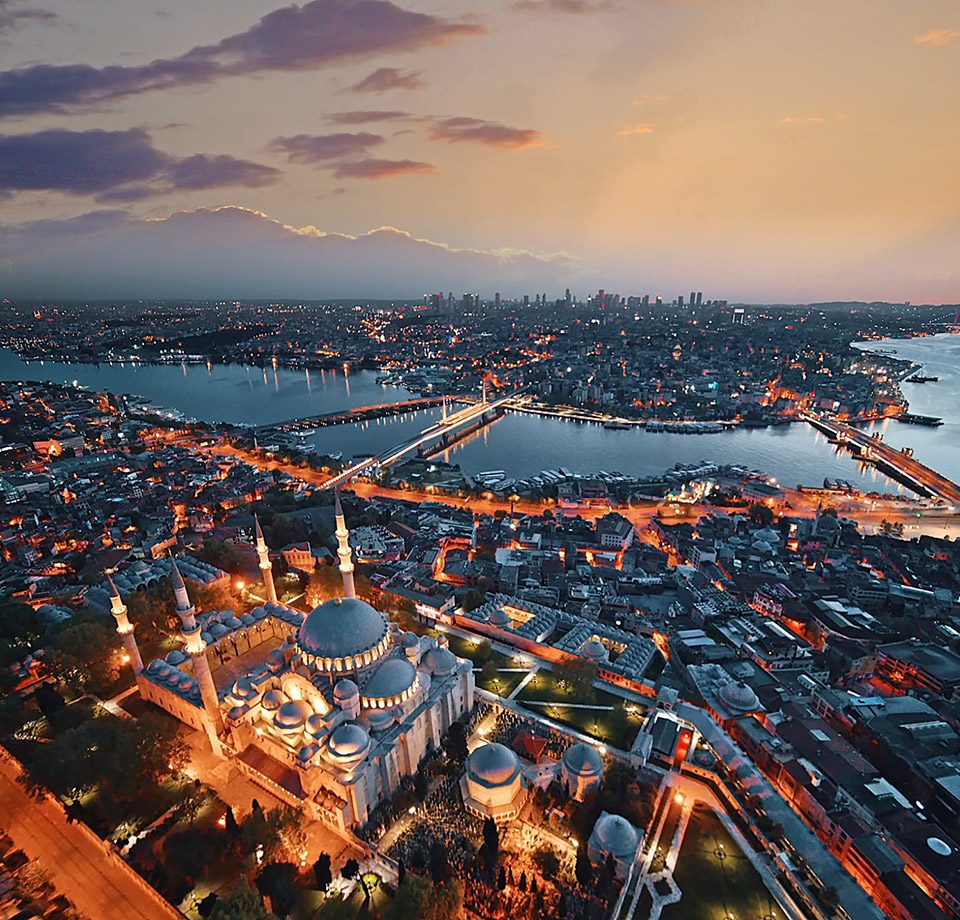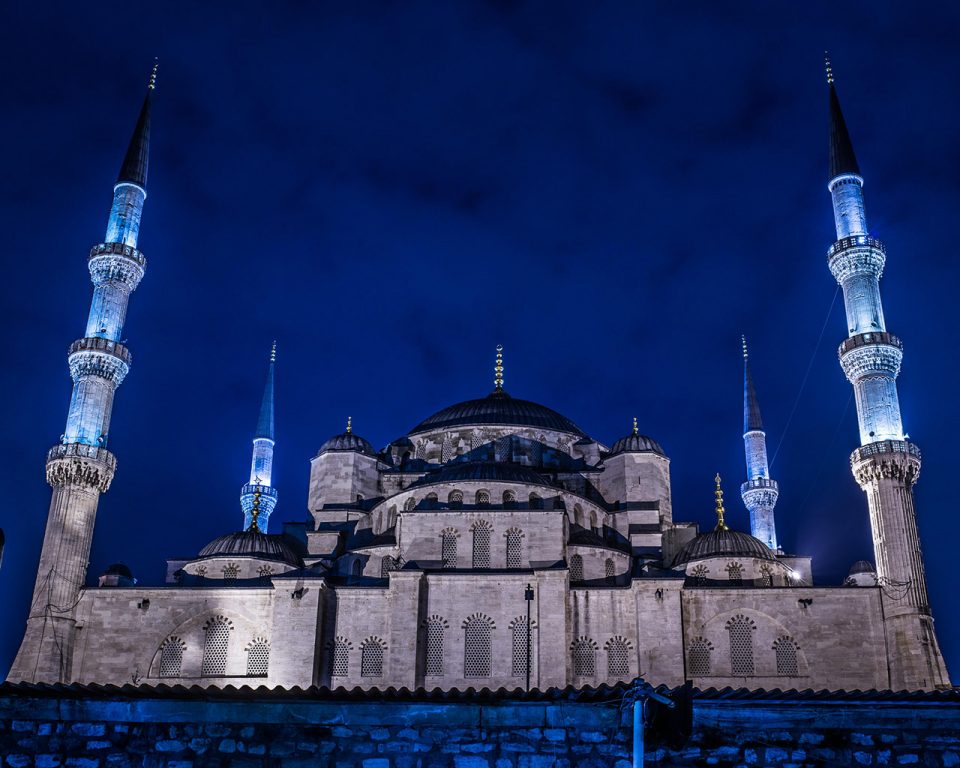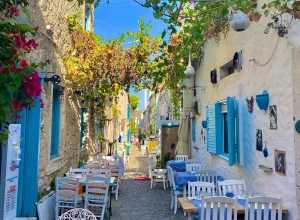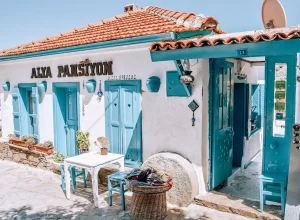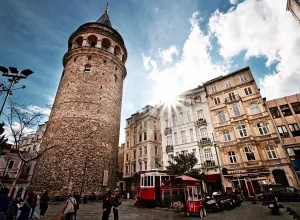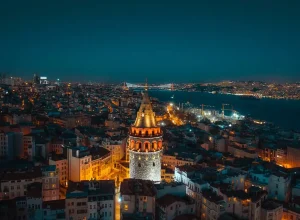Hagia Sophia, also known as Ayasofya, is a world-renowned monument and museum located in Istanbul, Turkey. It was originally built as a church in the 6th century and has since been transformed into a mosque and a museum. It is a magnificent architectural masterpiece that has played an important role in the history of Istanbul and has become one of the most visited tourist destinations in the world.
Table Of Content

History of Hagia Sophia
Hagia Sophia was originally built as a church by the Byzantine emperor, Justinian I, in 537 AD. It was designed by two Greek architects, Anthemius of Tralles and Isidorus of Miletus. The church was the largest and most impressive building of its time, and it was considered the epitome of Byzantine architecture. For almost a thousand years, Hagia Sophia was the center of Eastern Orthodox Christianity and the symbol of the Byzantine Empire’s glory.
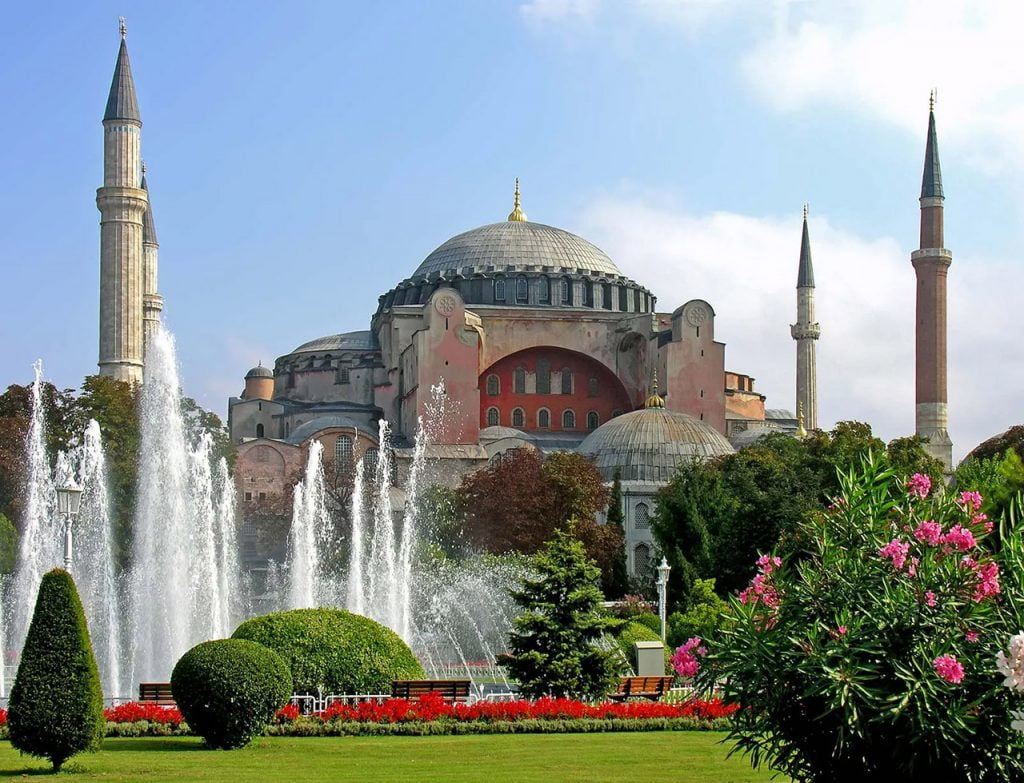
In 1453, the Ottoman Turks conquered Constantinople and converted Hagia Sophia into a mosque. The Ottomans made several alterations to the building, including the addition of minarets, a mihrab, and a minibar. For over 400 years, Hagia Sophia served as a mosque and was an important religious center for Muslims.
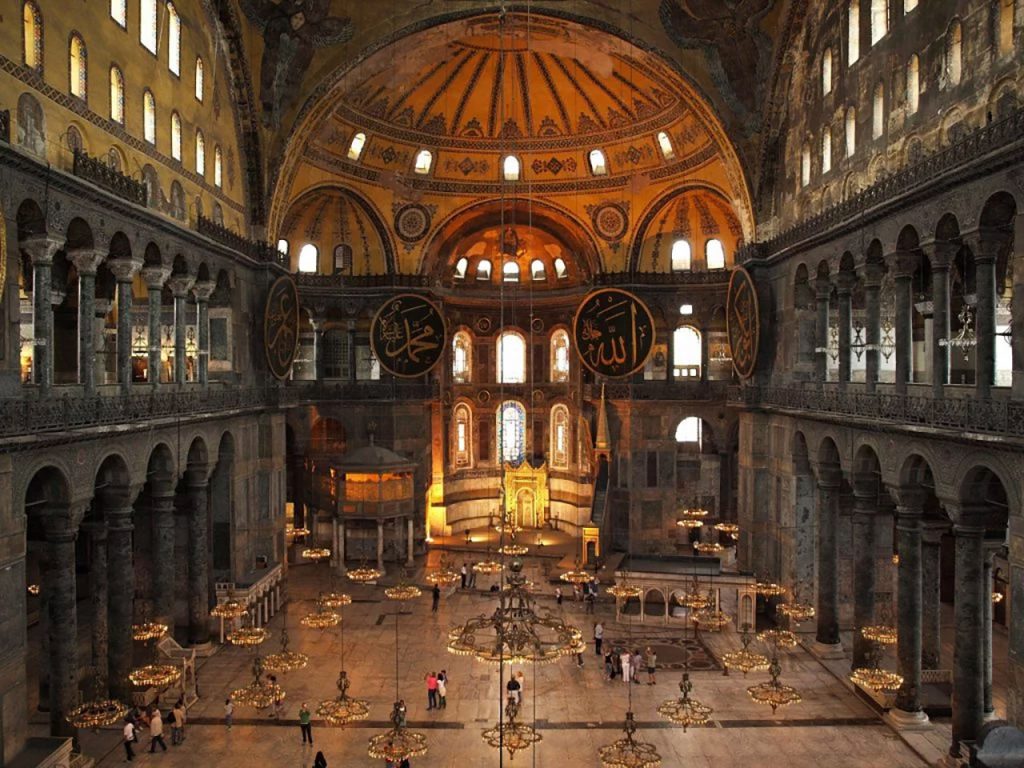
In 1935, the founder of the Turkish Republic, Mustafa Kemal Atatürk, converted it into a museum. The building underwent significant renovations, and many of the additions made by the Ottomans were removed, revealing the original Byzantine structure. In 2020, the Turkish government converted Hagia Sophia back into a mosque.
The Architecture of Hagia Sophia
Hagia Sophia is a masterpiece of Byzantine architecture. The building is characterized by its enormous dome, which is supported by four large arches. The dome is 55.6 meters high and has a diameter of 31.8 meters. At the time of its construction, the dome was the largest in the world and remained so for almost a thousand years.
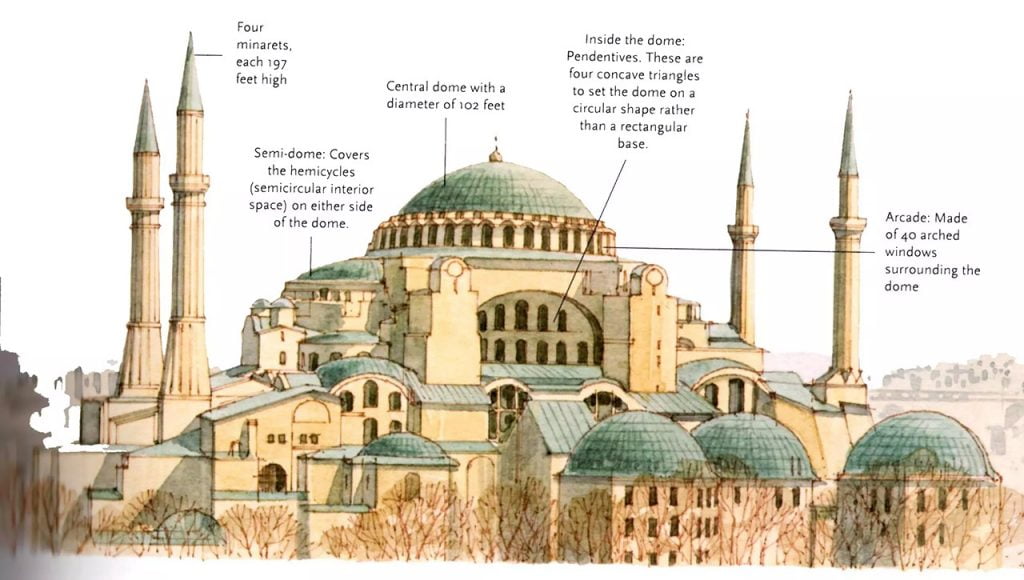
The interior of Hagia Sophia is equally impressive. The walls and ceilings are covered in intricate mosaics and frescoes, many of which depict scenes from the life of Christ and the Virgin Mary. The floors are made of marble and feature geometric designs and intricate patterns.
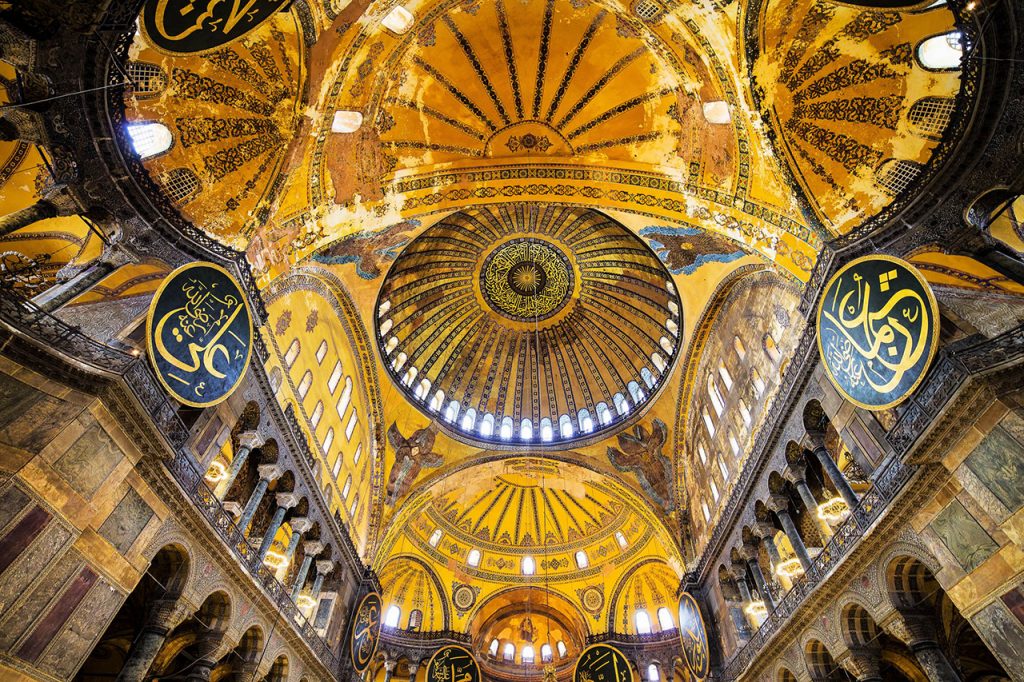
The exterior is equally stunning. The building is made of brick and stone, and its facade is adorned with elaborate carvings and decorations. The minarets, added during the Ottoman period, are made of white marble and are a testament to the building’s rich history and cultural significance.
Visiting Hagia Sophia
It is open to visitors throughout the year. The museum is closed on Mondays and is open from 9:00 AM to 5:00 PM on other days. Visitors are advised to arrive early in the morning to avoid crowds and long lines.
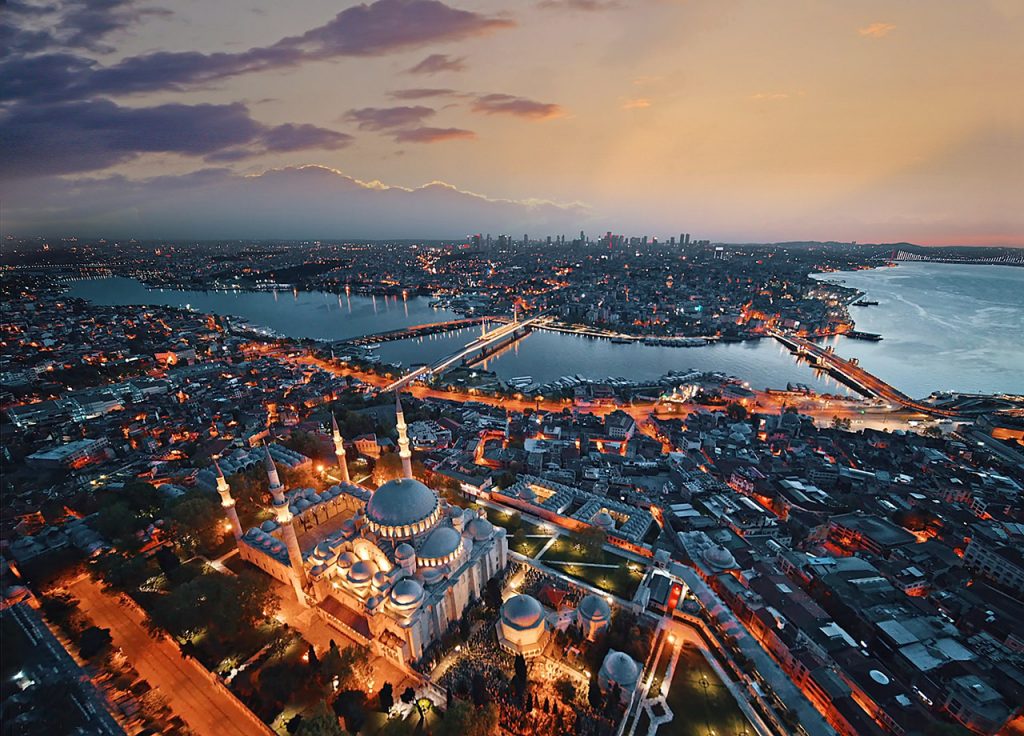
Tickets to Hagia Sophia can be purchased online or at the museum’s ticket office. Audio guides are available for an additional fee, and they provide an excellent introduction to the building’s history and architecture.
Visitors to Hagia Sophia are required to follow a strict dress code. Both men and women are required to cover their shoulders and knees, and women are also required to cover their heads. Scarves are available for rent at the museum’s entrance for those who do not have them.
History of Istanbul
Istanbul, formerly known as Byzantium and Constantinople, is one of the most historically rich cities in the world. The city has been inhabited since around 3000 BC and has been the capital of several empires throughout its long and fascinating history.
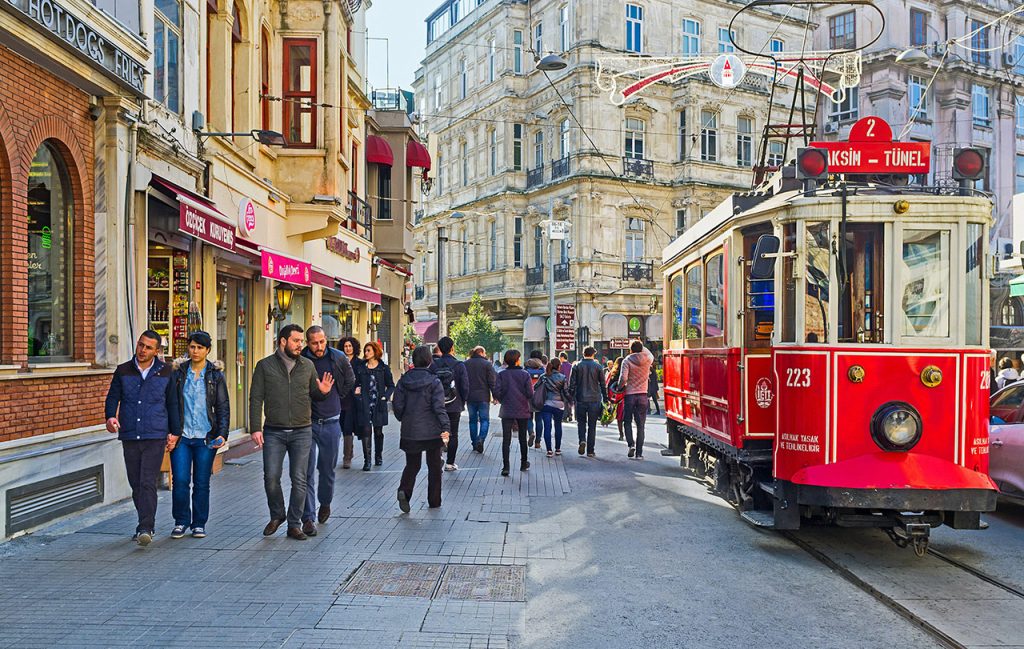
The first known settlers in the area were the Thracians, who were followed by the Greeks in the 7th century BC. In 330 AD, Emperor Constantine made the city the capital of the Eastern Roman Empire, naming it Constantinople. The city remained the capital of the Byzantine Empire until it was conquered by the Ottoman Turks in 1453.
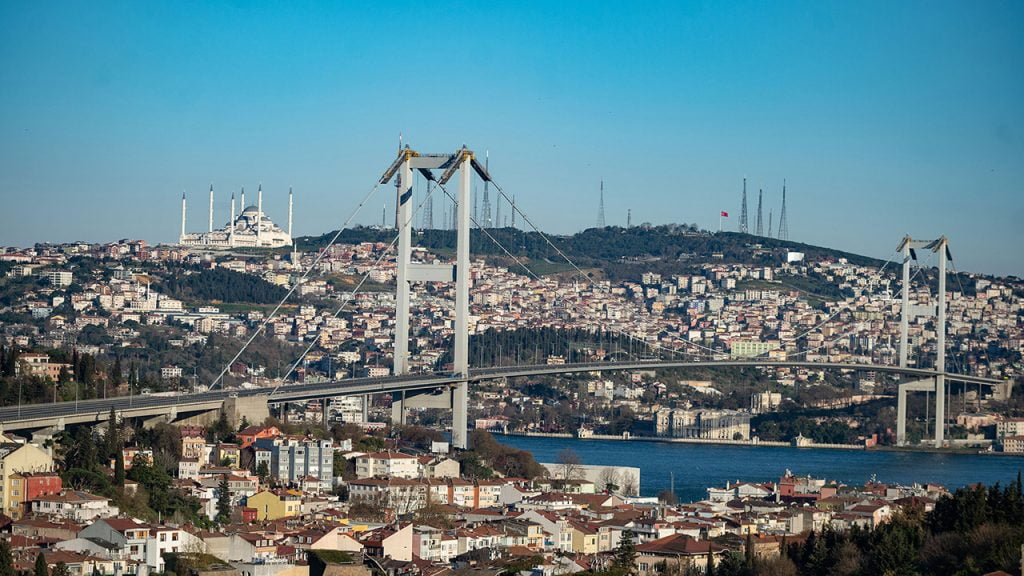
Under the Ottoman rule, Istanbul became one of the largest and most important cities in the world, with a rich cultural heritage that can still be seen today in its mosques, palaces, and bazaars. The Ottoman Empire ruled over Istanbul for over 400 years, until it was dissolved in 1922.
Following the end of World War I, the Turkish War of Independence was waged against foreign occupiers and the monarchy, resulting in the establishment of the Republic of Turkey in 1923, with Ankara as its capital. However, Istanbul remained the cultural and economic center of the country and has continued to thrive as a major hub for trade and tourism.
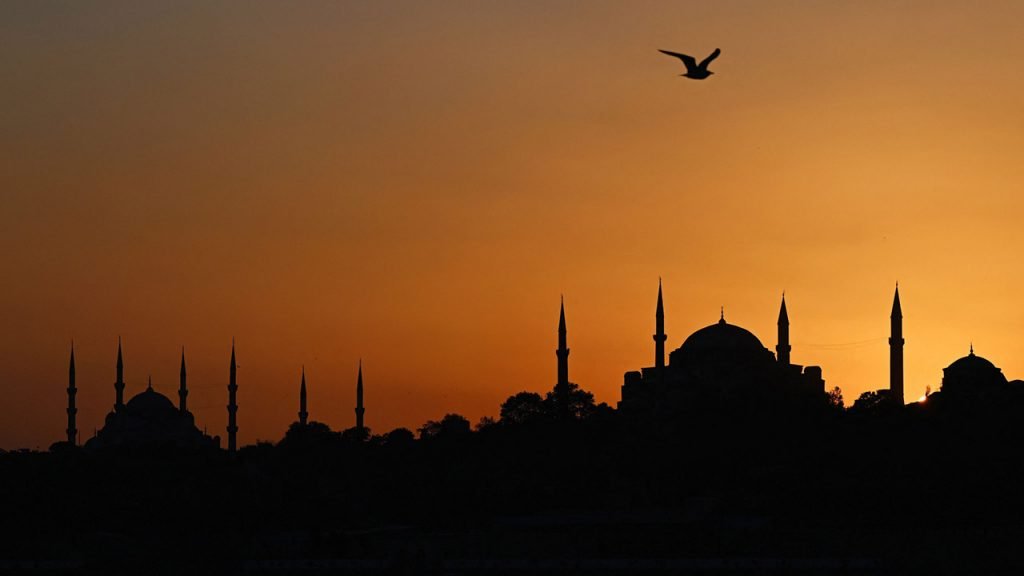
Throughout its history, Istanbul has been the site of numerous conflicts, political changes, and cultural shifts, leaving behind a diverse and complex legacy. Today, the city remains a fascinating blend of ancient history and modern vibrancy, attracting millions of visitors every year to explore its stunning architecture, delicious cuisine, and unique culture.
Conclusion
Hagia Sophia is more than just a building; it’s a symbol of the power and influence of two great empires and religions. Its history is complex and fascinating, reflecting the ebb and flow of power and beliefs throughout the centuries. Today, it remains a stunning example of the beauty and significance of cultural and religious coexistence, inviting visitors to appreciate and learn from the past while looking toward the future. A visit to Hagia Sophia is a must for anyone visiting Istanbul and seeking to understand the city’s rich and diverse history.
Our Lates Youtube Video
Hashtags: #HagiaSophia #Istanbul #ByzantineArchitecture #IslamicHeritage #UNESCOWorldHeritageSite #Culture #History #Tourism
